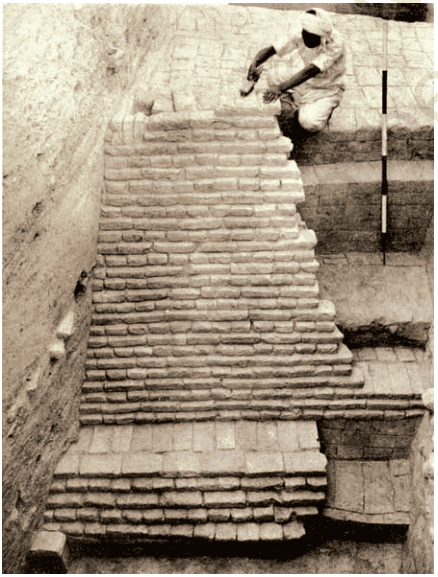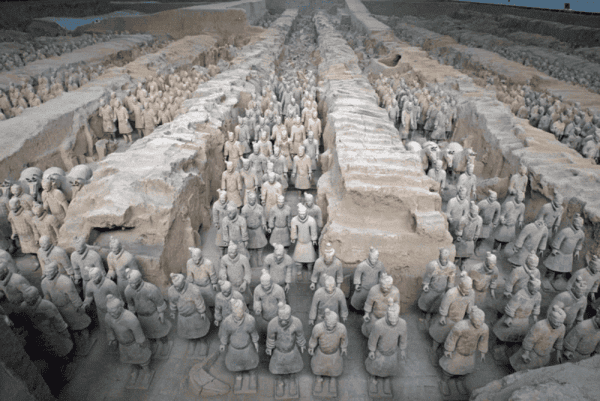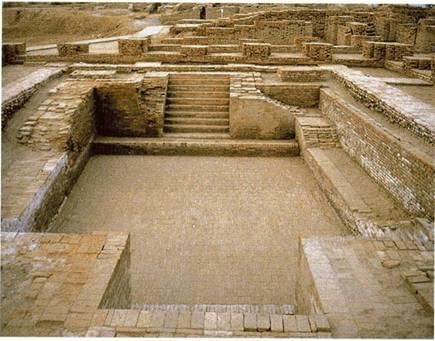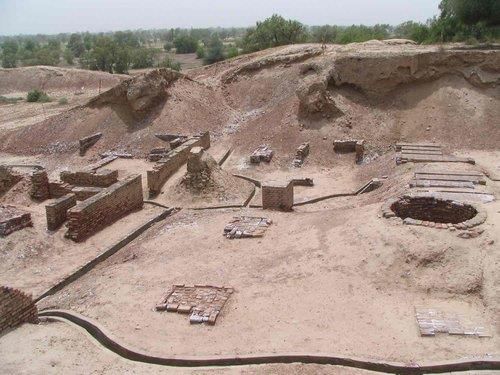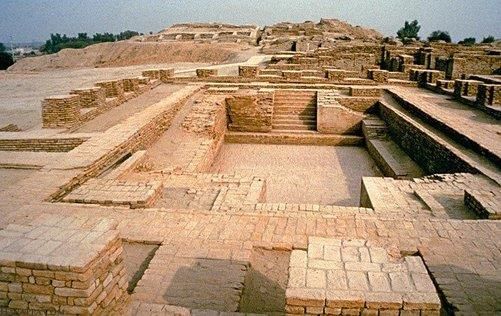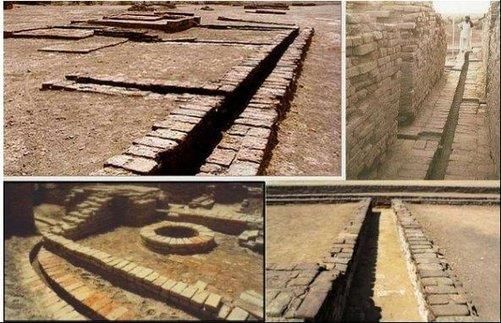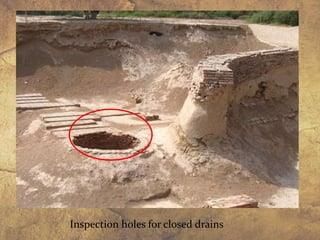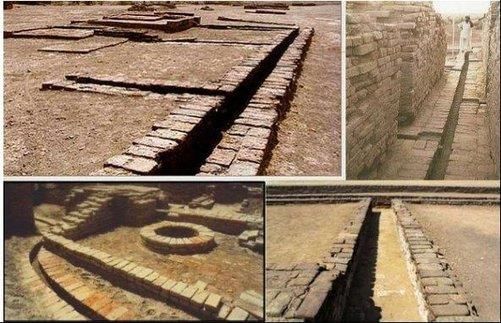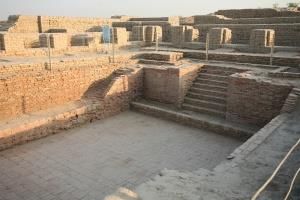|
What key action by engineers contributed to the destruction of the Harappan structures? |
Card: 1 / 28 |
|
They took thousands of pre-made bricks from the old buildings to build railway lines.
|
Card: 2 / 28 |
|
Short Answer: How did archaeologists recognize Harappa as one of the oldest cities in the subcontinent? |
Card: 3 / 28 |
|
The two main parts were the citadel (the smaller, higher part) and the lower town (the larger, lower part). 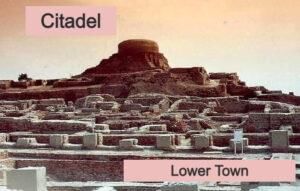 |
Card: 6 / 28 |
|
The Great Bath in Mohenjodaro was known for its unique features such as being lined with ___ and made water-tight with ___. |
Card: 7 / 28 |
|
True or False: The Harappan cities were primarily discovered in regions outside of modern-day India and Pakistan. |
Card: 9 / 28 |
|
Fill in the blank: Harappan cities were surrounded by protective walls made of ___. |
Card: 11 / 28 |
|
What type of objects were archaeologists particularly interested in finding in the Harappan cities? |
Card: 13 / 28 |
|
Unique objects such as red pottery with black designs, stone weights, seals, special beads, copper tools, and long stone blades. 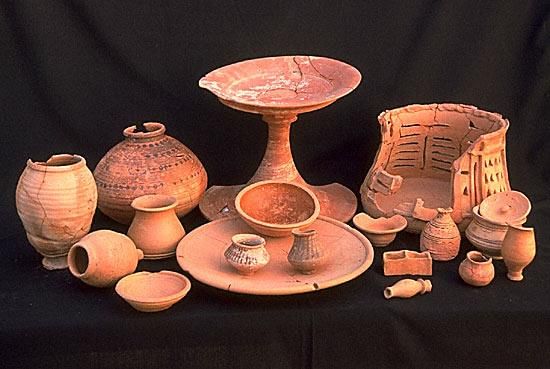 |
Card: 14 / 28 |
 Unlock all Flashcards with EduRev Infinity Plan Starting from @ ₹99 only
|
|
Fill in the blank: The covered drains in Harappan cities were laid out in ___ lines with a gentle slope. |
Card: 17 / 28 |
|
What feature was likely included in the design of Harappan cities to maintain cleanliness of the drainage system? |
Card: 19 / 28 |
|
In Harappan cities, house drains connected to ___ drains, which then led to larger drains. |
Card: 21 / 28 |
|
Life in a Harappan city was characterized by bustling activity, including trade, crafting, and governance. |
Card: 26 / 28 |
|
True or False: Scribes in Harappan cities primarily used their skills to create elaborate paintings. |
Card: 27 / 28 |





